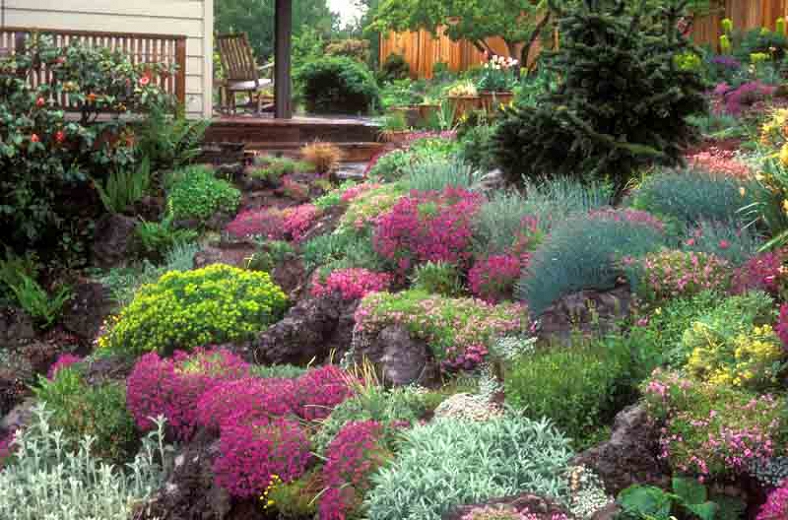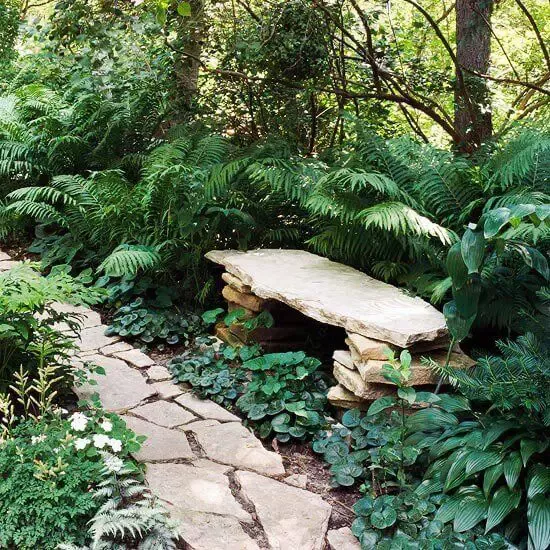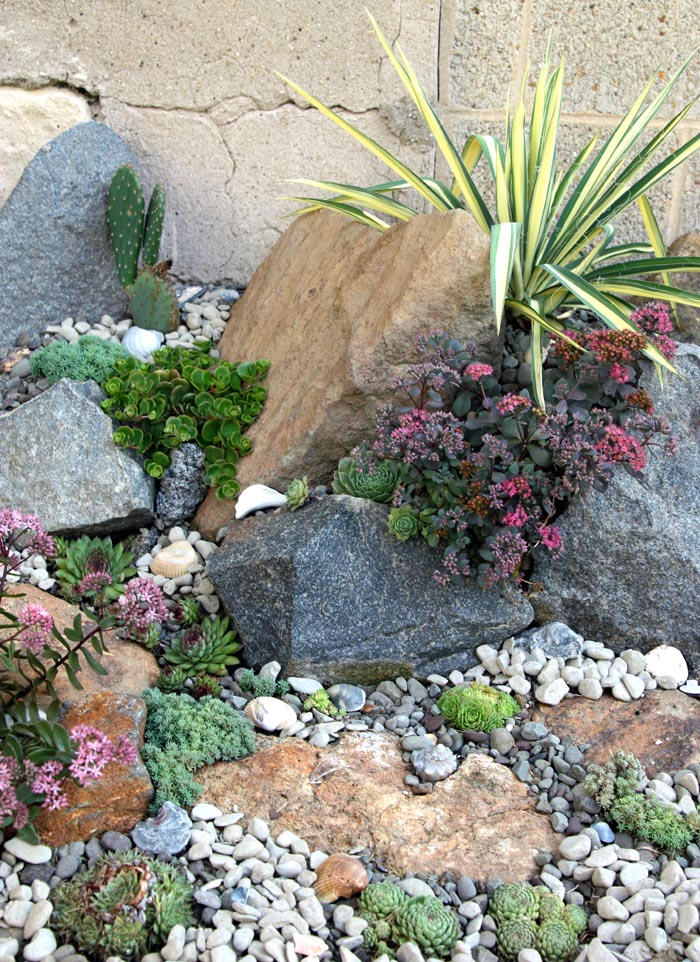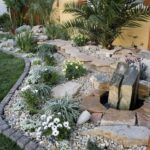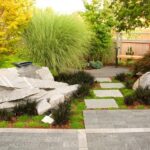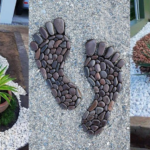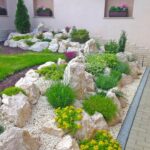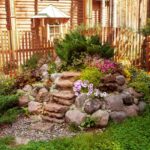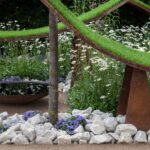Rock gardens offer a unique and beautiful way to incorporate natural elements into your outdoor space. These gardens, also known as rockeries or alpine gardens, typically feature a combination of rocks, stones, and alpine plants to create a visually striking design. When planning a rock garden, it’s important to consider factors such as location, size, and soil composition to ensure the best results.
One of the key elements of rock garden design is the selection of rocks and stones. Rocks should be chosen based on their size, shape, and color to create a harmonious and balanced look. Rocks of varying sizes and shapes can be used to create interesting textures and patterns within the garden. It’s also important to consider the placement of rocks to create a natural-looking arrangement that mimics the way rocks might occur in nature.
In addition to rocks, plants are an essential part of rock garden design. Alpine plants, such as sedums, saxifrages, and sempervivums, are ideal choices for rock gardens due to their ability to thrive in rocky, well-drained soil. When selecting plants for your rock garden, be sure to consider factors such as sunlight exposure, soil type, and water requirements to ensure they will thrive in their new environment. Mixing a variety of plants with different colors and textures can create a visually dynamic and interesting rock garden.
When designing a rock garden, consider the overall layout and arrangement of rocks and plants. Think about creating different levels and terraces within the garden to add depth and visual interest. Grouping plants together based on their water and sunlight needs can help ensure they thrive in their new environment. Consider adding pathways or stepping stones to make it easier to access and maintain your rock garden.
Maintenance is an important aspect of rock garden design. Regular weeding, pruning, and watering will help keep your rock garden looking its best. Mulching with gravel or small stones can help control weeds and retain moisture in the soil. Consider adding a layer of landscape fabric underneath the rocks to further prevent weed growth. Periodically rearranging rocks and plants can help refresh the look of your rock garden and prevent overcrowding.
Overall, rock garden design offers a creative and natural way to enhance your outdoor space. By carefully selecting rocks, stones, and plants, planning the layout, and maintaining your garden, you can create a beautiful and unique rock garden that will be a focal point in your landscaping for years to come. Whether you have a small courtyard or a sprawling yard, a rock garden can be a stunning addition to any outdoor space.
 yishifashion Where Outdoor Dreams Become Reality
yishifashion Where Outdoor Dreams Become Reality
